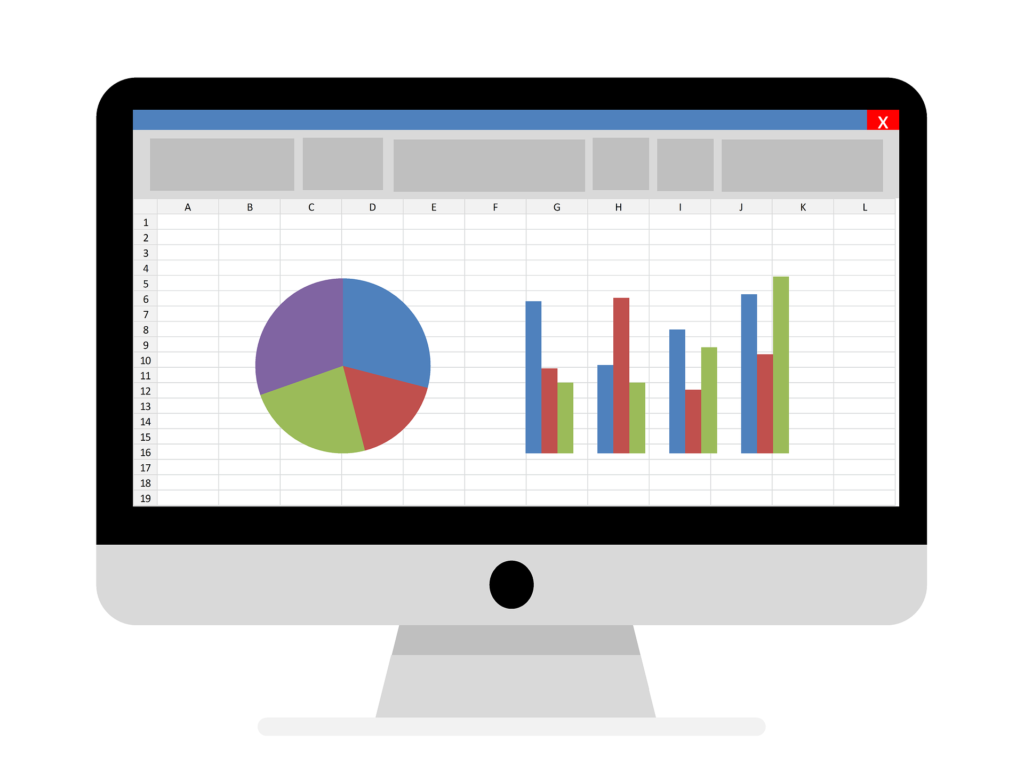The latest Business Central version has again brought various innovations in different areas. In this context, the Excel report layouts were also optimized.
For example, it is now possible to use static and runtime metadata available in Excel layouts. In addition, Excel layouts can now also be translated into other languages when the report is executed.
Using metadata in Excel layouts
A new function now makes it easier to access and use metadata in Business Central reports. This means that less coding is required in AL, while self-service and efficiency when creating reports increase.
Previously, Excel layout creators could only use meta or runtime data from the report request if it was available in the data set provided by the report developer.
In future Excel reports will always have hidden worksheets with the following data:
• AL metadata of the report
• Metadata of the request
• Page options of the request
• Page filter of the request
• Report captions
The new metadata in layouts can be used in different ways. For example, the company name and user no longer need to be coded in the report data record or in parameters. They can simply be taken from the worksheet for the report request. In addition, all report captions, for example, are now available via the corresponding worksheet and therefore do not have to be added to the report data record separately.
Translatable Excel layouts
If a company is active in several countries or regions, it can be helpful to be able to create reports in different languages. For this purpose, reports can now be shipped with Excel layouts, where the Excel output can be translated into the desired language when you run the report. This means that reports with Excel layouts can now be multilingual, as already known from RDL or Word layouts.
The following standard Excel layouts can now be translated if the designer uses the new $ tags:
• Worksheet names
• Chart headers
• Pivot elements
• Slicers
• Shared strings
Finally, when the report is run for a user, Business Central Server replaces the strings surrounded by $ tags with corresponding labels.

